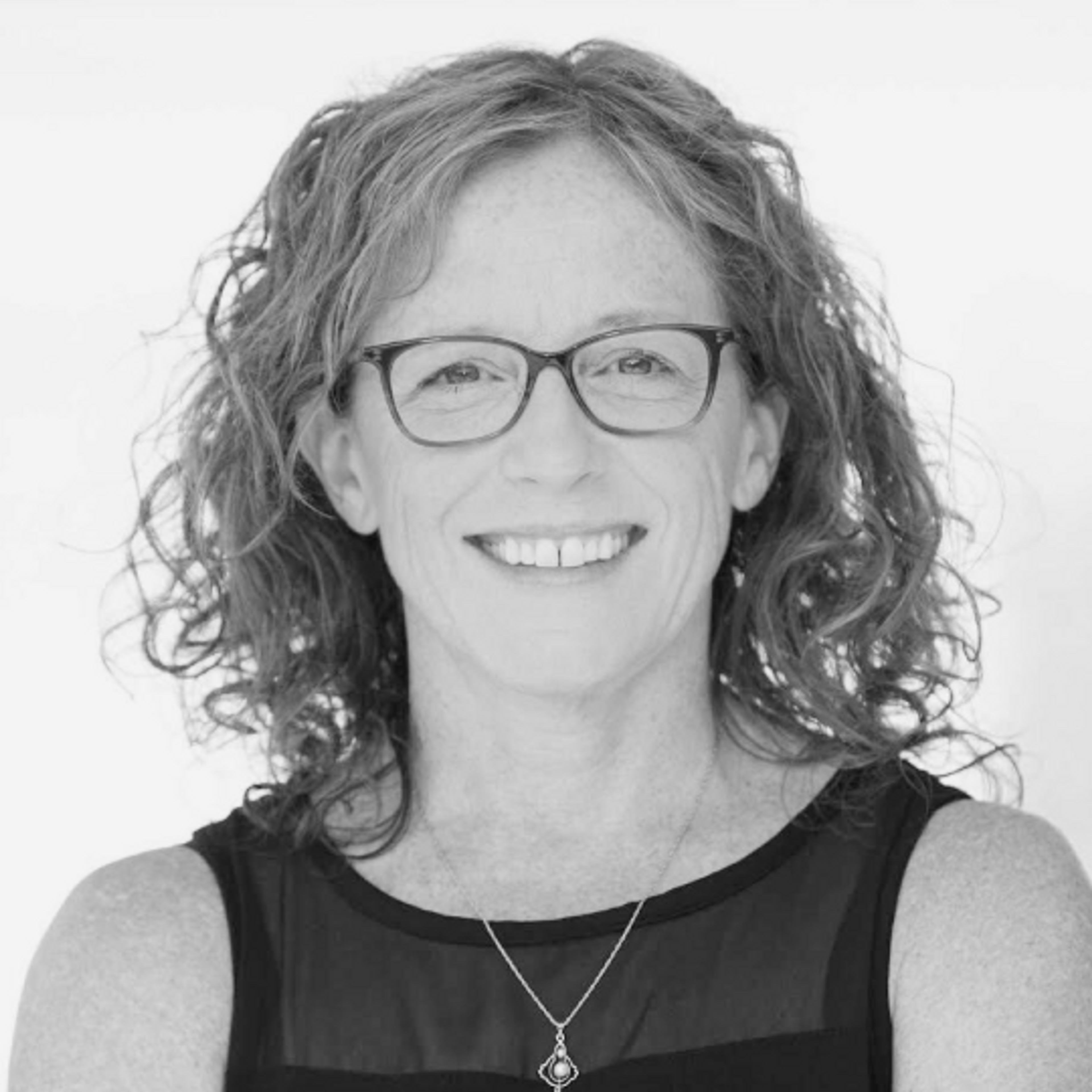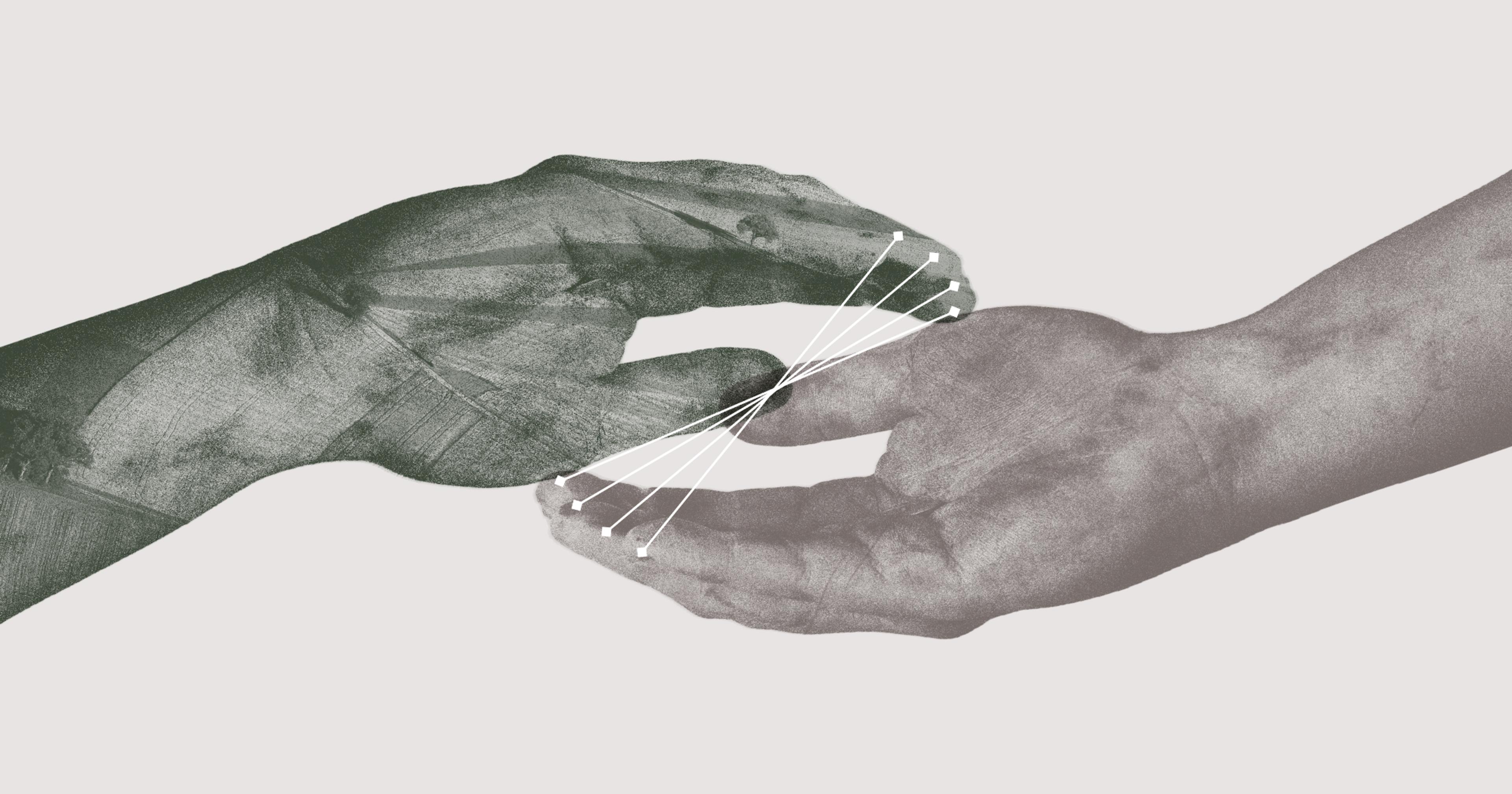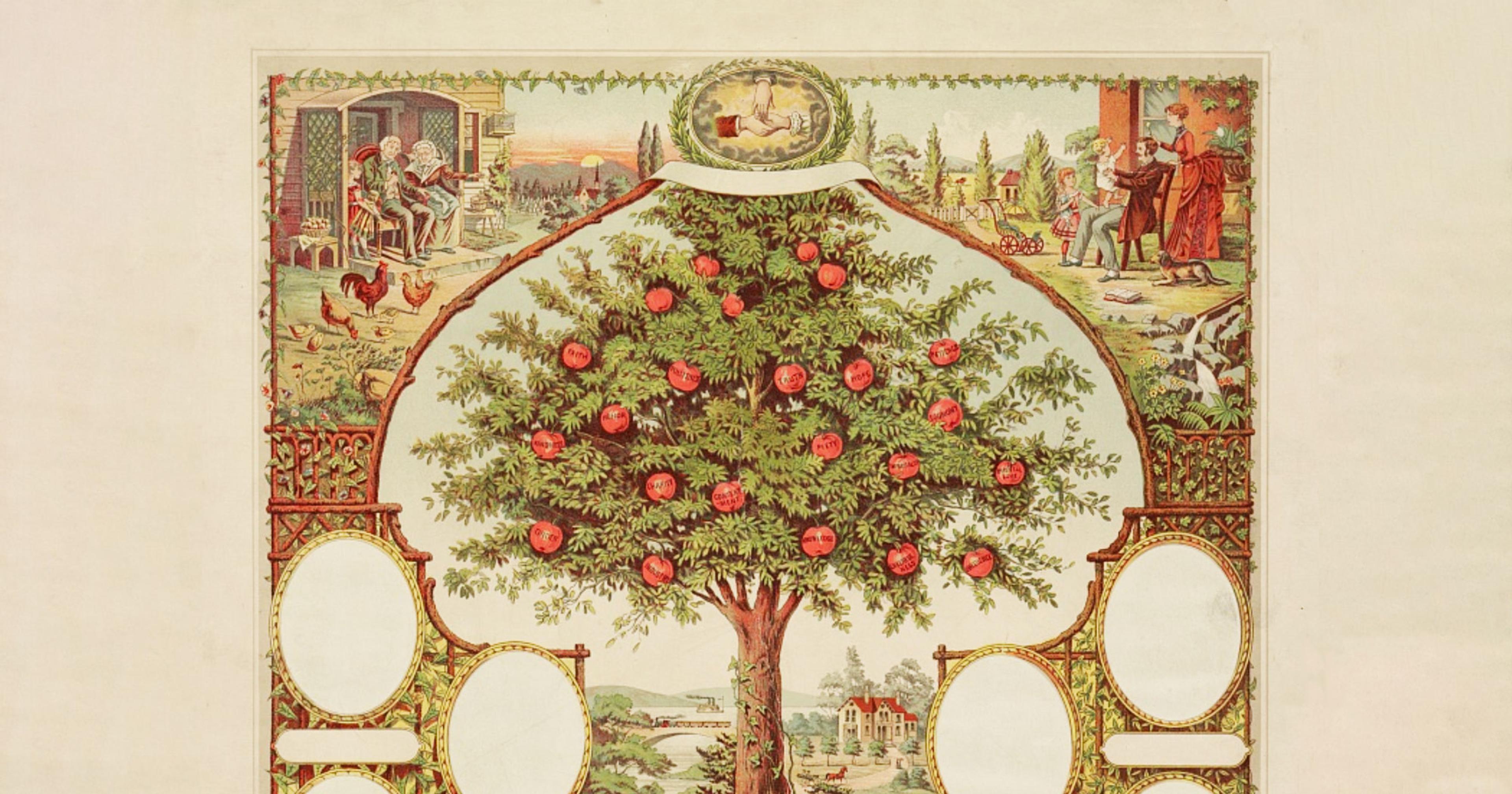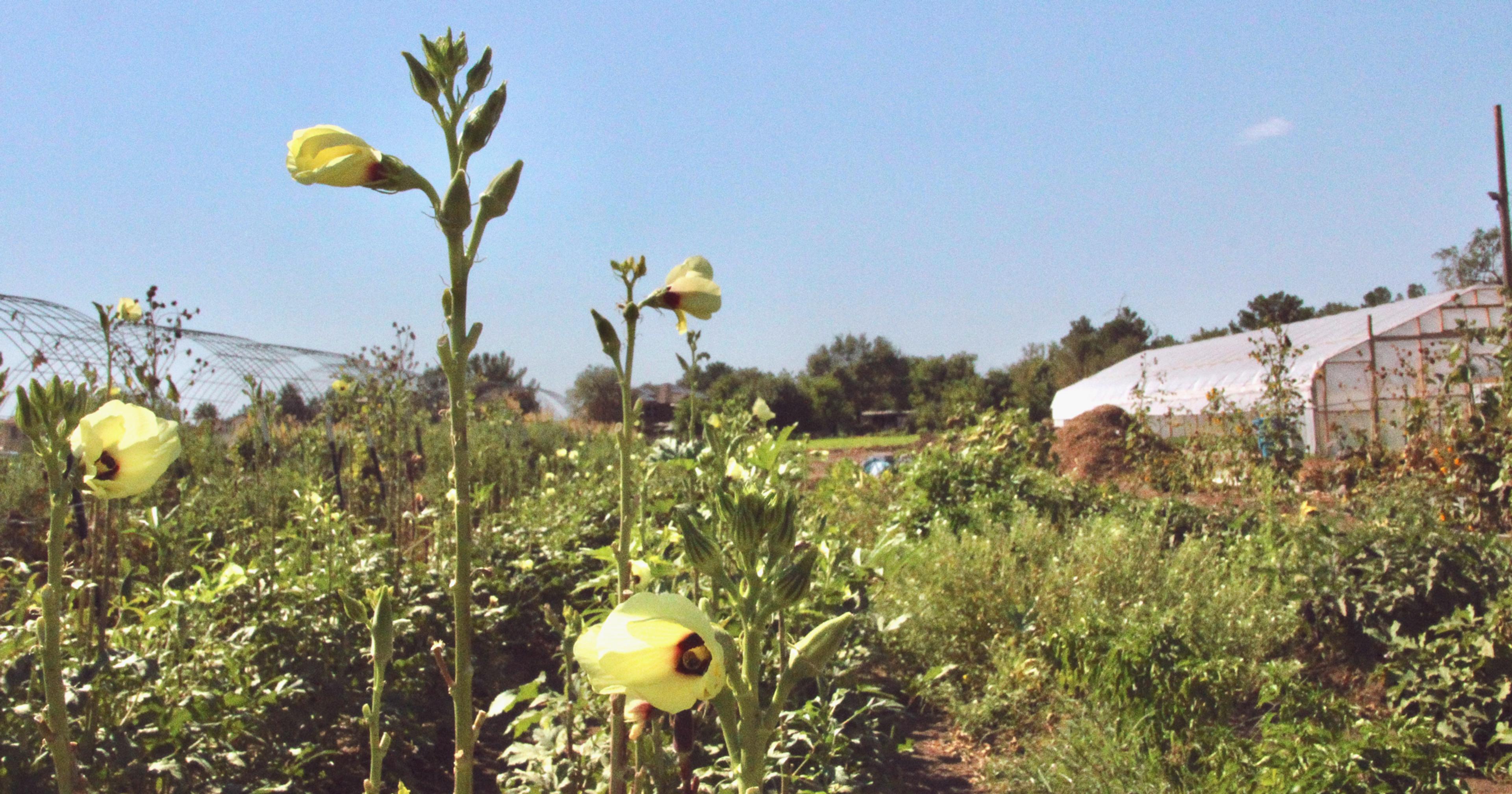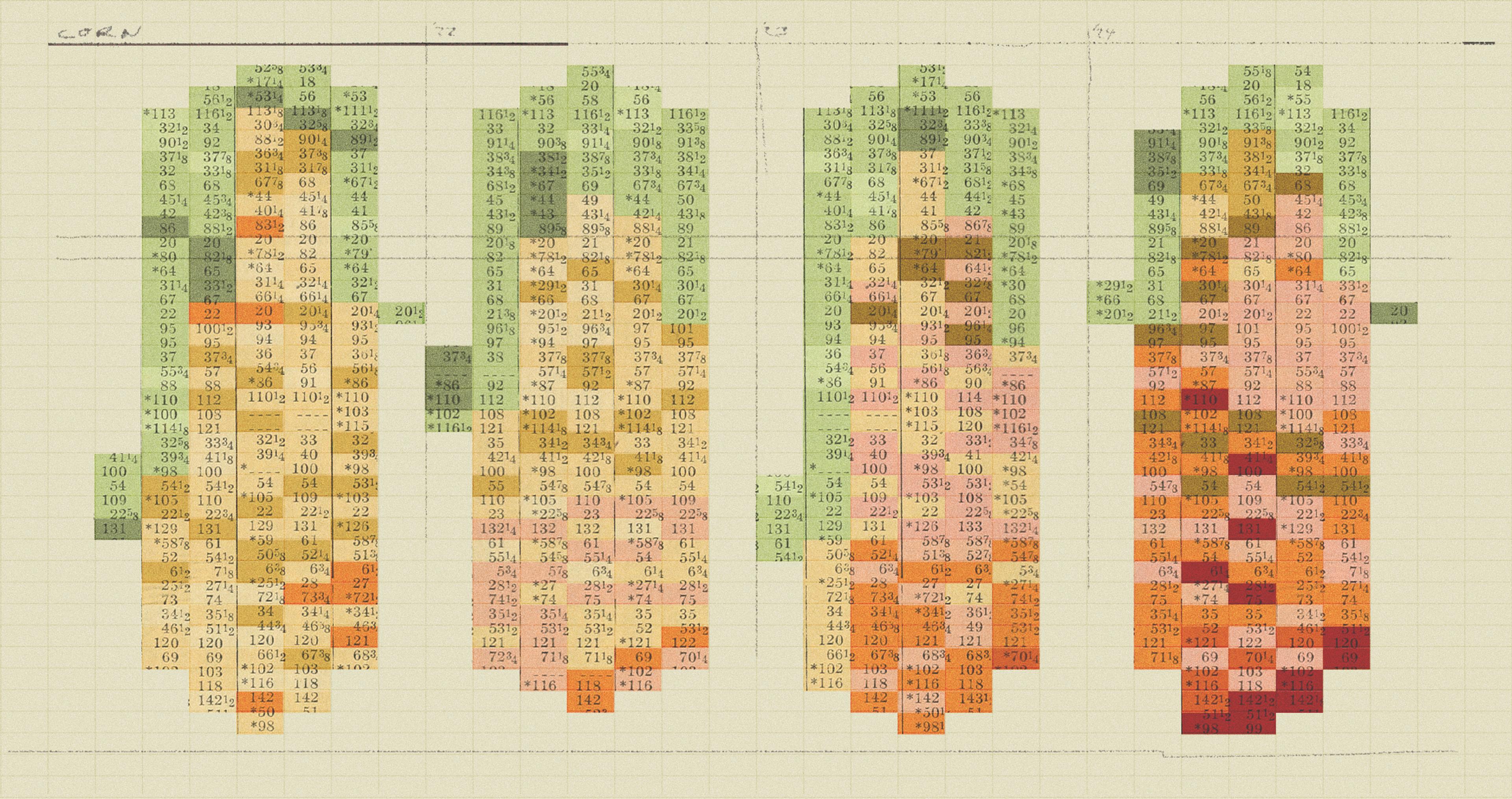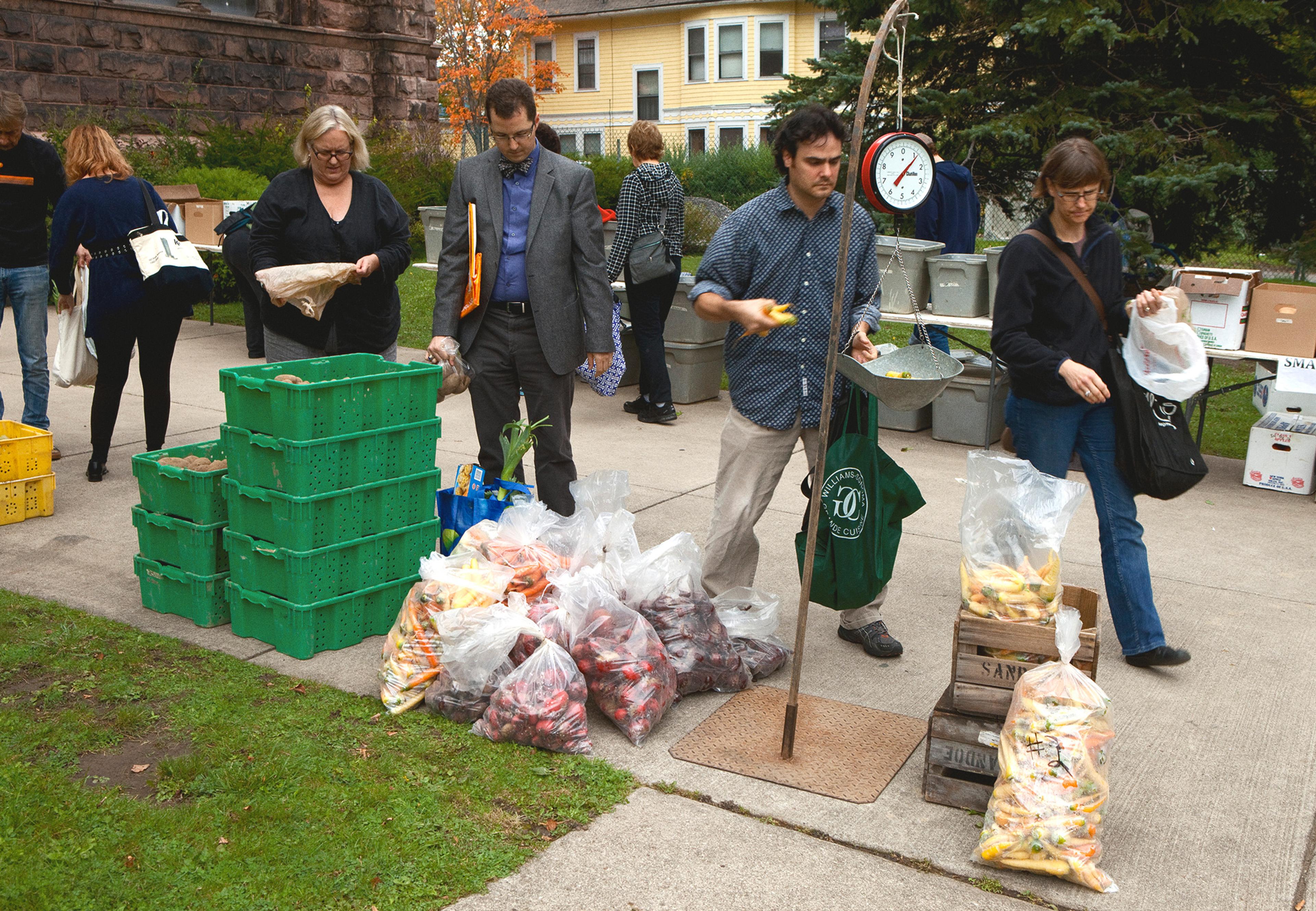For farm businesses with rigorous principles, Perpetual Purpose Trusts ensure your values are maintained even after you sell — or die.
Around 45 years ago, produce distributor Organically Grown Company (OGC) was started by small-scale growers in Eugene, Oregon, on little more than sweat, a dream, and a dirt-cheap loan from a local hippie co-op. This was long before most mainstream consumers had ever heard “organic” and “kale” in the same sentence. Most of their early customers were local hippies.
But the company wasn’t just a business — it was a mission. OGC’s young, idealistic founders believed that growing and selling food without chemicals was an answer to many ills. ”We wanted to change the world,” recalled David Lively, who’s held key roles at OGC since 1980. They approached their business dealings with that in mind. “Living dangerously in the face of conventional wisdom,” is how Lively describes it. That meant everything from subjecting themselves to rigorous environmental reviews to supporting progressive causes.
A few years ago, OGC leaders had a keen sense that the business was looking attractive to potential buyers. But rather than being eager for a payout, many of them were consumed with worry — how would they ensure their values would be maintained, even after they gave up control? They were so concerned, in fact, that they began a no-stone-unturned search for a new ownership model.
They wound up becoming a pioneer in a new-to-the-U.S. business model called a Perpetual Purpose Trust. It’s a legal structure that allows companies to protect their mission, forever. In short, the company creates a trust which will then become the company’s owner. The trust is legally bound to operate the company for a specific purpose (or purposes) which the company defines. It’s also prohibited from selling the company.
None of this was clearly laid out in the mid-2010s, when OGC began completing an ownership shift, though. It took a lot of determination to get there.
By the time OGC started thinking about ownership shifts, the organic marketplace had changed considerably since the hardscrabble early days. Organics had gone “from a food stamp marketplace to a soccer mom marketplace,” Lively said. That was great. But OGC’s strong, steady growth — and market valuation — was beginning to feel like a temptation that could undermine their values.
They had seen other organic companies gobbled up by corporate giants intent on sending more profits back to Wall Street by nickel-and-diming employees and squeezing producers. They had seen some of their peers’ businesses bought and then relocated or even closed, leaving the local community poorer.
By the mid-2010s, almost half of OGC’s owners were near (or beyond) retirement age. They were facing an existential dilemma: If your business is like your baby, if you’ve nurtured it into existence, building it carefully and adhering to core values, how do you get out without selling out?
To find an answer, they enlisted the help of Minneapolis attorney Ron McFall. Over a long career working with agriculture co-ops, he’d had many clients ask similar questions, but didn’t have a fully satisfactory answer. Working closely with OGC, he developed a novel solution. Essentially, he found a way to take laws that normally help protect the estates of the very wealthy and turn them into a multi-pronged tool for businesses that want to maintain long-standing values.
“A lot of businesspeople would tell you what we did was absolutely insane.”
How does a PPT do this? To answer, first consider the alternative. With a traditional business ownership transfer, new owners would expect the bulk of profits to go to themselves. (In fact, there are times when a public company that does otherwise could face shareholder/owner lawsuits.) A PPT still aims to turn a profit, like any business; it just directs profits first to its purpose, which is designed to reflect its longstanding values.
In OGC’s case, it transitioned to a PPT in 2018, and the owners were paid for their shares via both debt and equity from like-minded investors.
“It provided that fair market value exit and also locked in the mission of the business for the long term,” McFall explained. One of the novel parts of his legal analysis was finding a way for the trust to have multiple beneficiaries, or purposes. That groundwork helped pave the way for other businesses to adopt the structure. And it’s not only for retiring business owners; a PPT can also be a way to take on growth capital without sacrificing values.
In selecting its purpose, OGC hewed to its original mission of promoting health for people and the environment through organic agriculture. A PPT is stewarded by people closest to the businesses, rather than distant shareholders. To that end, OGC identified five stakeholder groups: employees, growers, customers, community, and investors. Now, through various means, these groups not only help steward the company according to its purpose, they share in the company profits.
“A lot of businesspeople would tell you what we did was absolutely insane,” Lively said. But it worked. Since then, according to CEO Brenna Davis, OGC has paid off the debt it took on to buy out the original owners. Equity owners have received around a 5 percent return each year, and there’s profit-sharing with the other stakeholders as well.
Profit-sharing isn’t a requirement of PPTs, and, in fact, other PPT businesses have chosen different purposes and different structures. Some PPTs have chosen to lock in employee welfare as their purpose; others have included adhering to certain ethical standards, or providing jobs in a struggling community. When the $3 billion outdoor clothing brand Patagonia converted to PPT ownership in 2022, its defined purpose was fighting climate change.
“I’m more excited about this than anything I’ve ever gotten involved with … It has huge potential to do good in the world.”
Unlike a corporate owner, a trust won’t need to pay unsustainable returns to investors. OGC can never decide to chuck the organic thing altogether and instead sell conventional produce. Power will never be concentrated in the hands of C Suite execs with short-sighted aims; when you focus on purpose, you’re in it for the long game. That also means you don’t want to get too granular on the fine details. For example, although OGC wants to reduce the use of fossil fuels and continue its advocacy for regenerative agriculture, the legal agreements don’t spell out exactly how that will be accomplished. Instead, the stakeholder/stewards guide the company based on principles, such as local stewardship, advocacy for organic agriculture, and profits benefiting the mission.
As a trust, OGC can never be bought, and it’s legally required to maintain its mission in perpetuity. That’s different from most other ownership structures — many of which OGC had tried at some point in its long history. For example, under an Employee Stock Ownership Plan (OGC’s prior form of ownership) the employees could vote to sell the company to the highest bidder — they’d seen that happen up the road, at a beloved local brewery. A nonprofit board could decide to take the work in a new direction. Co-op structures are not uncommon in agriculture, but OGC had tried that before and determined it wouldn’t do what they aimed. (In an ag marketing co-op, for example, the majority of sales must be from members, Lively said, and that wasn’t the case at OGC.)
A PPT, like any of these ownership models, has its own set of pros and cons to consider, including tax implications, set-up costs, and maintenance expenses, all of which can be significant, but are too complex to describe here.
Susan Gary, a University of Oregon law professor emeritus specializing in trusts, said when she first considered OGC’s ownership structure, it was so different from the typical concept of a trust it was hard to wrap her head around. But it didn’t take her long to see its implications. She’s since helped rewrite Oregon’s laws to address PPT ownership, and has worked to spread the concept among lawyers nationally.
“This type of structure isn’t going to work for every business,” she said. But for family-owned businesses, where the mission is more than purely financial, it can provide a much-needed option to lock in values forever. It can also help preserve the values of businesses that have become institutions in rural communities, or retain minority-owned businesses, she said. “In a way, I do think it’s a way to reshape our capitalist system,” she said. “I’m more excited about this than anything I’ve ever gotten involved with … It has huge potential to do good in the world.”
